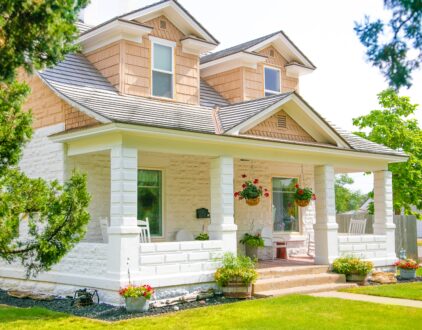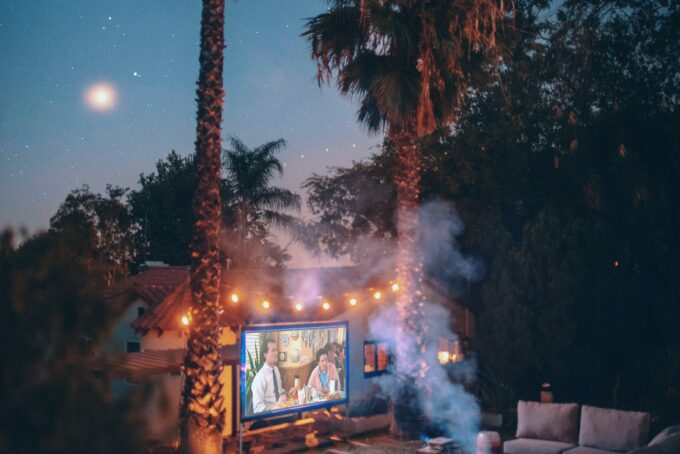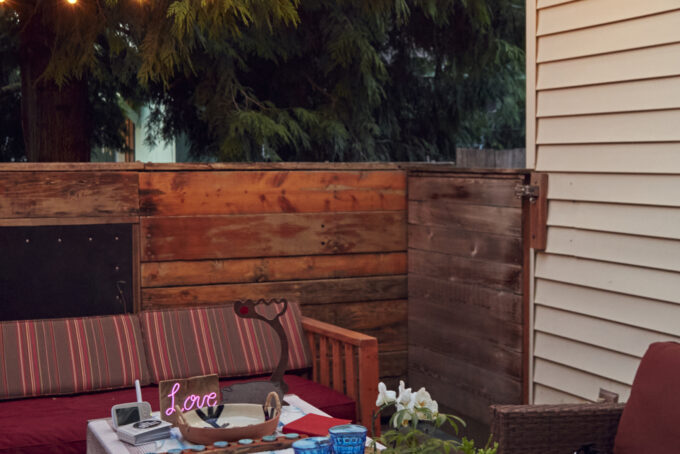When it comes to deciding between natural grass and artificial turf for your outdoor spaces, it’s essential to delve into the nuances of both options. Each has its set of advantages and disadvantages, and understanding them thoroughly will empower you to make a well-informed choice that aligns with your specific requirements and preferences. But first, how did we even get here, and why is astroturf even an option?
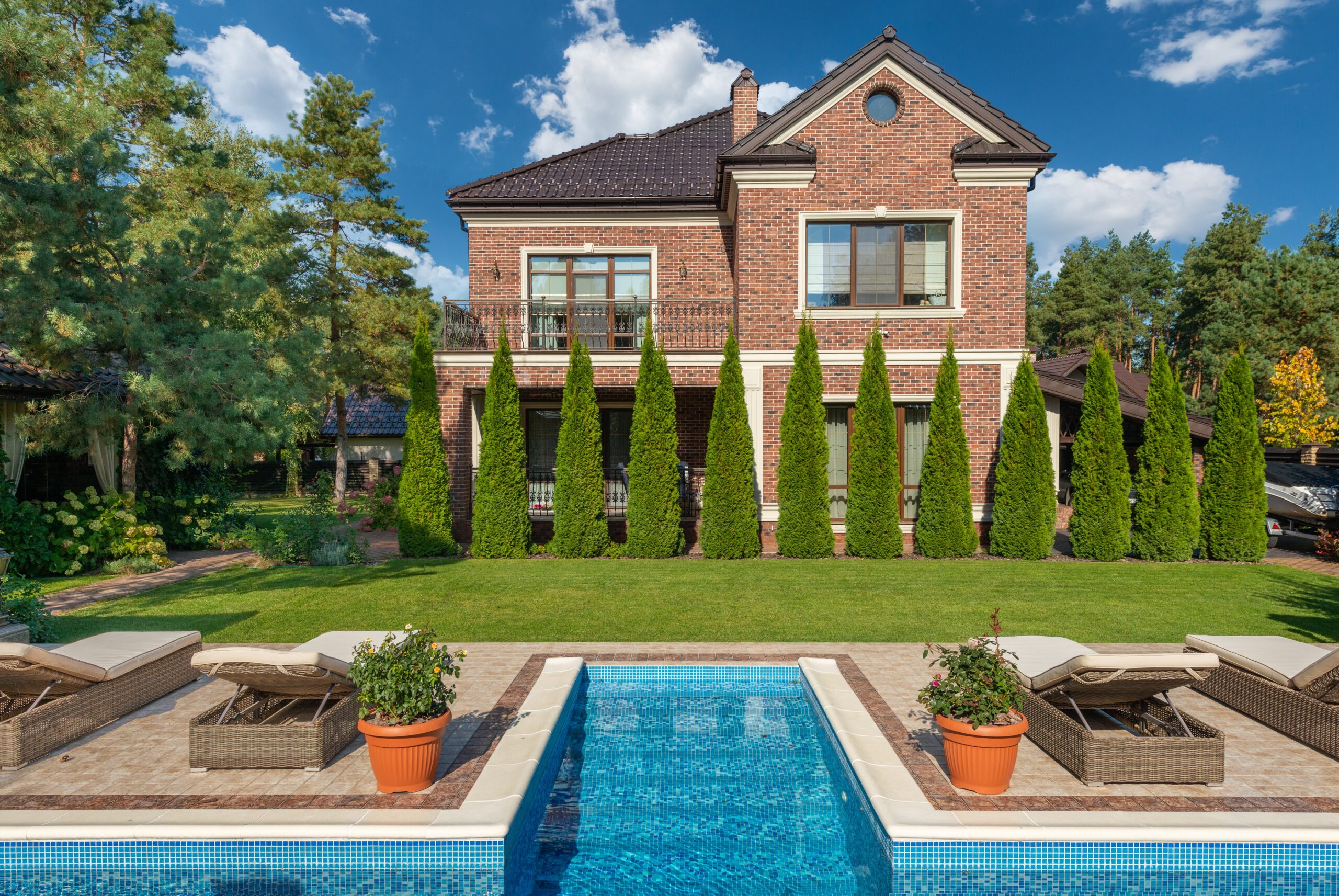
The History of Astroturf: From Invention to Popularity
Astroturf, the artificial grass surface we know today, has a fascinating history that traces its roots back to the mid-20th century. Developed as a response to specific challenges, its evolution has played a significant role in transforming the landscape of sports and outdoor recreation.
The story of Astroturf begins in the 1960s when a team of researchers and engineers led by Donald L. Elbert, Robert T. Wright, and James M. Faria at the Chemstrand Company, a subsidiary of Monsanto, embarked on a journey to create a synthetic grass-like surface. Their aim was to provide a consistent and durable alternative to natural grass for various applications, primarily sports fields.
In 1965, Chemstrand introduced the first version of artificial turf, which they initially called “Chemgrass.” This early version was made of nylon and had a short pile height. It found its first major application at the Houston Astrodome, the world’s first indoor multi-purpose sports stadium, which is how it eventually acquired the name “Astroturf.” The Astrodome’s architects and management sought an innovative solution to maintain a lush green playing surface indoors, and Astroturf fit the bill perfectly.
The Major Turf Turning Point
The use of Astroturf in the Astrodome marked a turning point in the popularity of artificial turf. It provided a consistent playing surface for baseball and other sports events, unaffected by weather conditions or heavy use. As word spread about this revolutionary surface, other sports facilities and stadiums across the United States began to adopt Astroturf.
Modern Astroturf
In the decades that followed, the development of Astroturf continued, with improvements in materials, durability, and safety features. This evolution further solidified its position in the world of sports, with many professional football and baseball teams opting for artificial turf fields in their stadiums.
By the 1980s and 1990s, Astroturf had become a staple in the sports world. It was not only used in professional sports venues but also gained popularity in schools, colleges, and recreational facilities due to its low maintenance requirements and year-round usability.
So, what if you’re trying to decide between Astroturf and real grass? Explore the pros and cons.
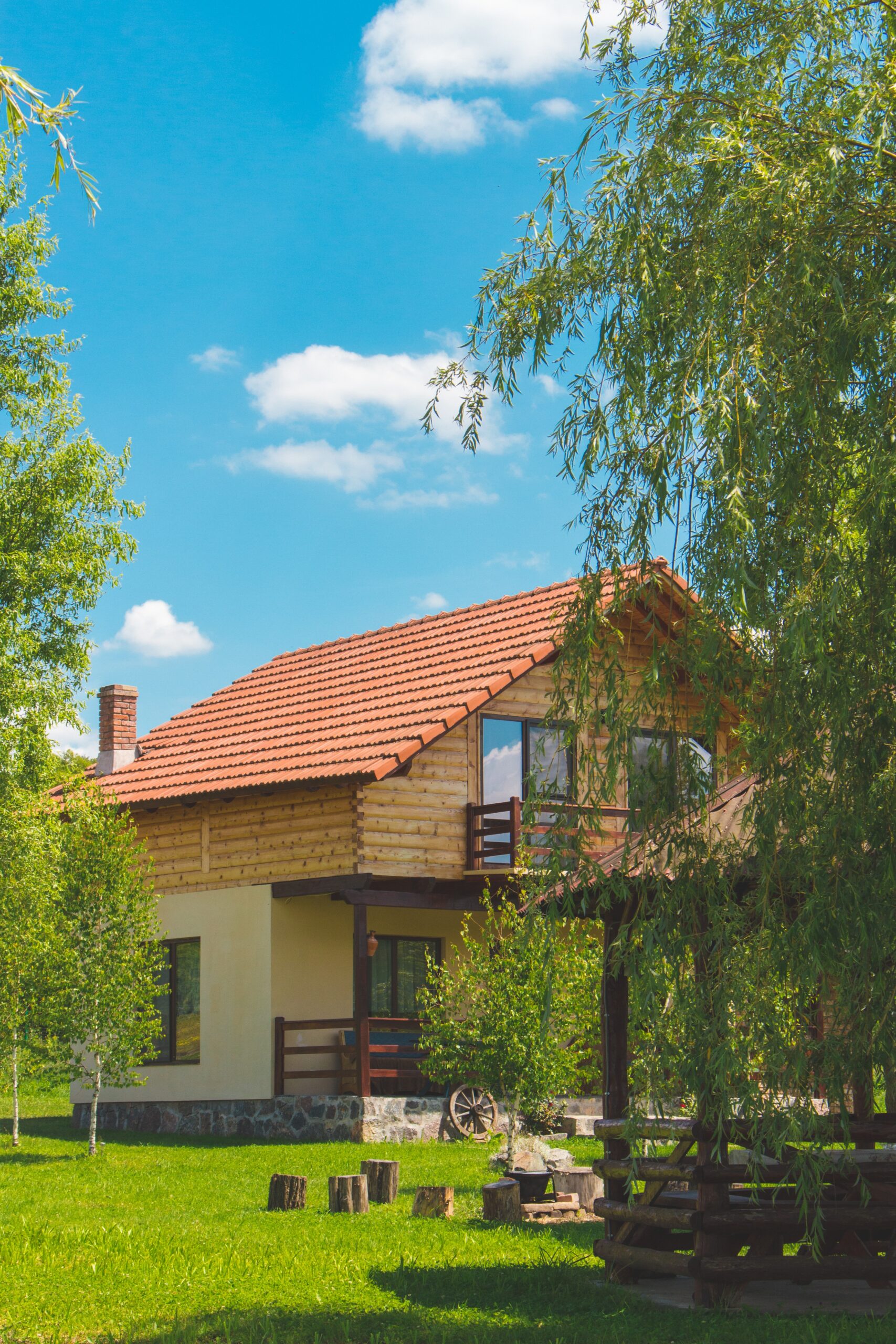
Pros of Natural Grass
- Environmental Benefits: Beyond its aesthetic allure, natural grass plays a vital role in maintaining a healthy environment. It acts as a natural carbon sink, absorbing carbon dioxide from the atmosphere and releasing oxygen. Additionally, grass helps mitigate soil erosion, preventing the loss of precious topsoil, and aids in rainwater filtration, promoting groundwater recharge.
- Cooler Surface: On scorching summer days, natural grass offers a distinct advantage – it remains pleasantly cool underfoot. This natural cooling effect makes it a preferred surface for various outdoor activities, such as picnics and playing sports.
- Biodiversity: A well-maintained lawn can foster biodiversity right in your backyard. It provides a habitat for insects, birds, and small mammals, creating a mini-ecosystem that contributes to local wildlife diversity.
Cons of Natural Grass
- Maintenance Demands: One of the primary drawbacks of natural grass is its maintenance
requirements. Regular mowing, watering, and fertilization are essential to keep it looking pristine. This upkeep can be time-consuming and resource-intensive. - Seasonal Variability: Natural grass is susceptible to seasonal changes. It may struggle during droughts, turning brown and requiring additional irrigation. Similarly, it can become dormant and lose its lush greenness during cold winters.
- Allergens: For some individuals, grass can be a source of allergies. Pollen and other allergenic particles released by grass can trigger hay fever and other respiratory issues.
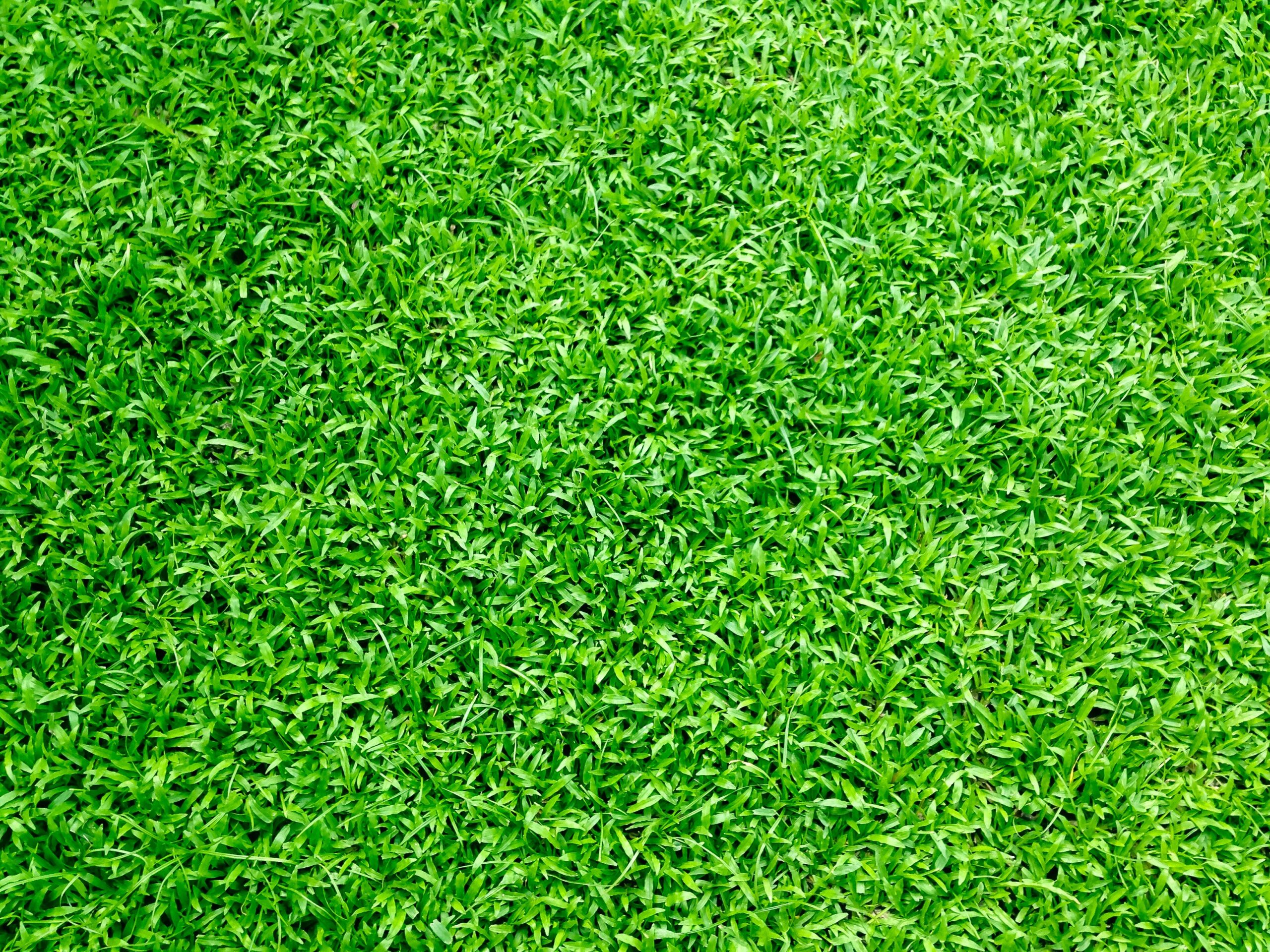
Pros of Astroturf
- Low Maintenance: Artificial turf is renowned for its minimal maintenance requirements. Unlike natural grass, it doesn’t need mowing, watering, or fertilizing. This can save both time and resources in the long run.
- Year-Round Usability: Astroturf maintains its lush green appearance throughout the year, regardless of weather conditions.
- Durability: Artificial grass is highly durable and can withstand heavy use without deteriorating.
Cons of Astroturf
- Initial Cost: One of the significant drawbacks of artificial turf is the upfront cost. The installation process, including materials and professional labor, can be relatively expensive compared to natural grass.
- Heat Retention: On extremely hot days, artificial turf can become notably warmer than natural grass. This can make it uncomfortable to walk or play on during scorching weather.
- Environmental Impact: The production and disposal of artificial turf can have environmental implications. Many artificial grass products are made from non-biodegradable materials, which can contribute to waste accumulation.
- Aesthetics: While modern artificial turf has improved in terms of appearance, some individuals may still find it less visually appealing than the natural beauty of a well-maintained lawn.
popular posts
- 1It’s Black Business Month, So Let’s Go Shopping and #BuyBlack!
- 2These Home Decor Items Will Instantly Make Your Space Look Outdated
- 3Black-Owned Home Decor Stores To Support Across the United States
- 4A Look Inside Elon Musk's Tiny $50,000 House
- 57 Black and Multicultural Designers To Follow For Design Inspo
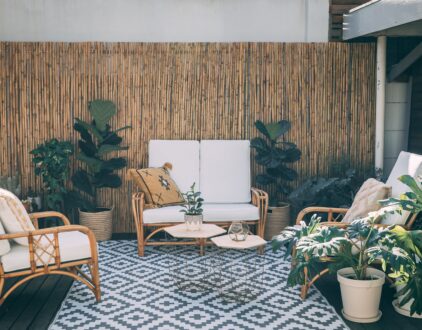
Up to 15% Off: 4 Best Patio Furniture Finds
by Stephanie Taylor | January 18, 2023

These Outdoor Kitchen Ideas Will Make Dining Al Fresco A Treat
by homeandtexture | February 27, 2023
Spaces
Whether it’s luxury or ease, every area of your home should be as fabulous and unique as you.
FOLLOW ALONG ON INSTAGRAM
#homeandtexture
Find us on social for more home inspiration where culture, personal style, and sophisticated shopping intersect to help you create a home where you love to live.

